11 Hummus Snacks (Healthy, Quick & Easy Ideas)
Hummus is a delicious creamy dip made with garbanzo beans or chickpeas. Learn my favorite creative ideas for what to eat with hummus beyond just pita bread. Take snack time to the next level with these healthy and delicious hummus snacks!
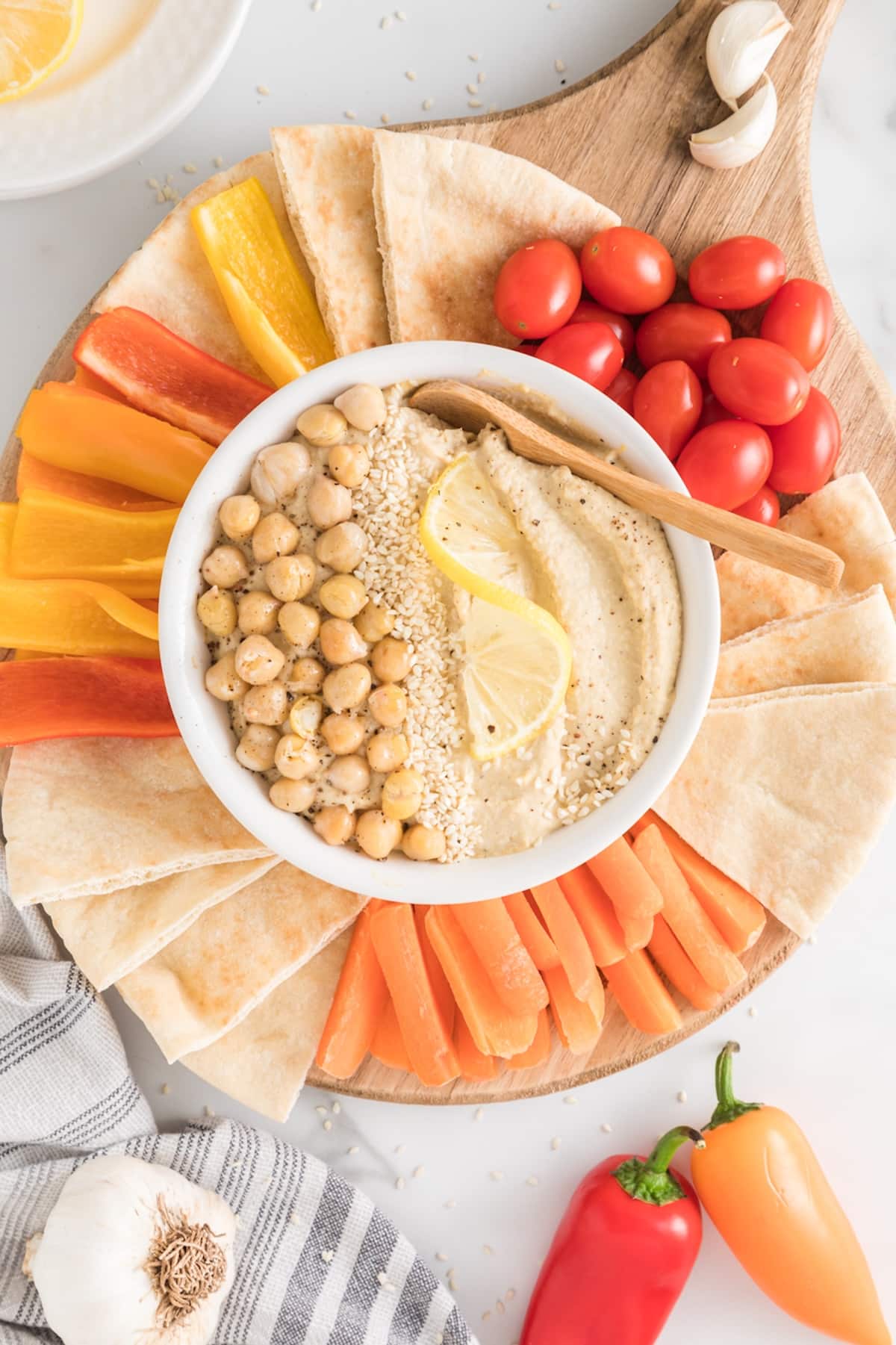
This article was originally published in 2022; it was updated and re-published in February, 2025.
What is Hummus?
Popular in the Mediterranean and the Middle East, hummus is a flavorful, creamy combination of blended chickpeas (also known as garbanzo beans), tahini, fresh lemon juice, olive oil, and spices.
It is generally used as a spread or a dip and is an integral part of a mezze platter.
While “plain” hummus is delicious, there are all sorts of variations you can either make or buy. These included roasted red pepper, caramelized onion, or Moroccan hummus.
You can even make or buy dessert hummus to satisfy your taste buds.
Hummus is classified as vegan, although you should always check the labels of store-bought brands to be sure no animal products have been used.
You also need to read the labels of any packaged brands to find out if that particular hummus is gluten-free. Also, be aware that this classic snack usually includes tahini made from ground sesame seeds so be cautious with sesame allergies.
11 Hummus Snacks
Now that we’ve reviewed some of the benefits of hummus, let’s talk about what to eat with hummus.
There are so many options, but here are my top ideas as a nutritionist to enjoy hummus snacks.
From a healthy and tasty snack to a main ingredient, there are so many creative ways to enjoy this food.
1. Vegetables
Just about every vegetable you can think of goes well with a scoop of hummus!
Sweet little cherry tomatoes may be the best pairing of all, but cucumber, celery sticks, black olives, avocado, sliced sweet peppers, and carrot sticks are wonderful too. What’s more, they can all be served raw, saving you time in the kitchen.
Alternatively, try veggies like snap peas, zucchini, broccoli, and cauliflower. But if you don’t like them raw, steam them just enough to soften them while still retaining their crunch.
For veggie inspiration, see my lists of Vegetables That Start with H, Orange Vegetables, Vegetables That Start with T, or Purple Vegetables List.
Or, see my list of best tasting vegetables if you have a picky eater at home.
2. Pita bread
This is the classic accompaniment for hummus, and with good reason!
Warm, soft pita stuffed with fresh, creamy hummus is a match made in heaven, and you can always throw in some sliced raw vegetables for added texture.
But if you want to change things up a little, try cutting the bread into triangles and baking it in the oven. This creates your own, healthy pita chips – perfect for dipping.
And, for those on gluten-free diets, be sure to look for gluten-free versions of pita bread at the store. Or, make your own gluten-free pita.
If you don’t eat bread, you can serve your hummus with any of my favorite bread substitute including lettuce wraps or sweet potato bread.
3. Crackers
All kinds of crackers work well with hummus, and that creamy and crunchy combination is irresistible.
Remember, though, that hummus has a robust flavor and the crackers should really let that shine through. So avoid particularly strongly seasoned varieties and go for those with a more delicate taste.
Rice cakes, gluten-free crackers, oat crackers, or things like pretzels and tortilla chips are all good choices and some of my favorite ways to serve hummus.
See my recipes for homemade seed crackers or carrot pulp crackers.
4. Toast or sandwich
Perfect at any time of day, toast spread with hummus is easy to make and delicious to eat.
You can keep it simple – with nothing more than your favorite bread toasted to perfection and slathered in creamy hummus – or you can add toppings like sliced avocado, cherry tomatoes, or even a fried egg (the flavor of the runny egg yolk combined with the hummus is simply divine).
Or use your hummus in a sandwich. Because it’s so creamy, it makes a great – and healthy – alternative to mayonnaise, and you can put in other ingredients like sliced fresh veggies, cheese, and microgreens or broccoli sprouts.
Hummus makes for a creamy spread that can take the place of mayo or cheese which is perfect if you’re on a gluten-free dairy-free diet.
5. Baked sweet potatoes
Just bake a scrubbed sweet potato for around an hour until soft (or make Instant Pot Sweet Potatoes), then split and top with a generous spoonful of hummus for a quick and easy meal.
Try adding some harissa for a little fire, or why not make some crispy oven-baked kale chips to sprinkle on top for some satisfying texture? Just tear kale leaves into bite-size pieces, toss with olive oil and salt, then bake for around 10 to 15 minutes at 350 degrees F.
6. Fruit (with a sweet hummus)
Fruit may not immediately spring to mind as something to serve with hummus. But if you like a sweet and savory contrast, try serving plain hummus with fruits like sliced apples or dried apricots.
Alternatively, make a sweet version of hummus!
To do this, use a base of chickpeas and tahini, but blend it with sweet ingredients like applesauce, maple syrup, and vanilla extract. Add cocoa powder to make a chocolate hummus.
You can even spice it up with cinnamon or nutmeg. You can now serve this with slices of your favorite fruit on the side. This is a healthy snack that everyone loves (your kids probably won’t even know it’s healthy).
7. Deviled eggs
Traditionally made with mayonnaise, deviled eggs are tastier – and healthier – when filled with hummus.
The great thing is that eggs are so mild in flavor that you can use any type of hummus you enjoy, from roasted red pepper to a hot and spicy variety.
Just hard boil your eggs, peel and halve them, then mash the yolks with hummus and seasonings of your choice. Either spoon the mixture back into the eggs or pipe in for a decorative effect.
See my recipes for Instant Pot Hard Boiled Eggs or how to boil eggs in a Crockpot for easy ways to cook them.
8. Quesadilla
If you’re a fan of cheesy quesadillas, then you’re in for a real treat when you try them with hummus instead. It provides the texture you’re looking for, along with a whole lot of flavor and health benefits too.
Just spread your tortilla liberally with hummus, then place your other ingredients on one half. Fold into a half-moon shape, brush with olive oil, then cook for a few minutes in a skillet on each side over medium heat, until crisp and golden.
This is one of the most creative ways to use hummus and one of my favorites!
9. Wraps
Hummus was made for wraps and they make a great way to serve it for lunch, especially when you’re on the go.
To keep the meal as healthy as possible, try to choose a whole wheat wrap or a gluten-free wrap. Or try a flavored wrap, such as spinach or sun-dried tomato. Spread it generously with hummus, add other ingredients of your choice, then roll and slice diagonally.
For a warm and hearty option, try making a wrap filled with hummus, roasted vegetables, toasted pine nuts, and some crumbled feta cheese.
10. Salads
There are two simple ways you can serve hummus with salad. One is to use it as your base, topping it with your favorite salad vegetables.
Another is to turn your hummus into a salad dressing, which ensures you get plenty of its flavor with every delicious bite!
To do this, you need to thin the texture using either extra olive oil, a little extra lemon juice, or even some water. Be sure to only add a little liquid at a time, tasting as you go to ensure the flavor remains balanced.
11. Roast chicken or tofu
Once you’ve tried roasting chicken in a coating of hummus, you’ll never want to eat it any other way! Tangy and flavorful, it really enhances the relatively mild taste of the meat. If you want some extra crunch, try pressing sesame seeds into the hummus before roasting.
For a vegan or vegetarian diet, use tofu instead, draining it thoroughly beforehand. You may prefer to cut the tofu into slices and press each one dry individually before coating, as this will give them a firmer texture.
Bonus ideas
Try tossing hummus with cooked pasta for a creamy and dairy-free pasta sauce! Or, use it on pizza as a pizza sauce. You can also enjoy it plain if you are looking for soft foods.
Let me know of any additional serving ideas in the comments.
Hummus FAQs
Homemade hummus will last about a week; prepared hummus can last up to several weeks, but you’ll need to check the expiration date on the packaging (once opened, packaged hummus should be consumed within about 5 days or so).
Olive oil is traditionally used in hummus. You can also use avocado oil (see my list of the safest cooking oils).
You can use a wide variety of spices in your hummus, or none at all. I like adding ground cumin or smoked paprika. But, feel free to get creative. Hummus is like a blank canvas, you can feel free to get creative.
Hummus is made by blending cooked chickpeas with tahini, olive oil, salt, and pepper. But, you can adapt your hummus recipe to meet your needs. Try these recipes for Oil-Free Hummus, Traditional Hummus, Roasted Red Pepper Hummus or Cashew Hummus (no beans).
Don’t Miss These Healthy Snack Ideas!
Conclusions
As you can see, hummus is a wonderfully versatile and nutritious food. I hope that this list of creative hummus snack ideas has inspired you to include it on your menu in lots of new and exciting ways.
Don’t forget to join my newsletter list to get exclusive clean eating recipes and tips. The newsletter is 100% free with no spam; unsubscribe anytime.
About the Author: Carrie Forrest has a master’s degree in public health with a specialty in nutrition and is a certified holistic nutritionist. She is a top wellness and food blogger with over 5 million annual visitors to her site. Carrie has an incredible story of recovery from chronic illness and is passionate about helping other women transform their health. Send her a message through her contact form.
Note: this post is for informational purposes only and is not intended as medical advice. Please consult your healthcare provider for recommendations related to your individual situation.



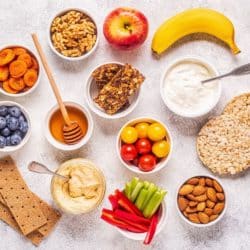
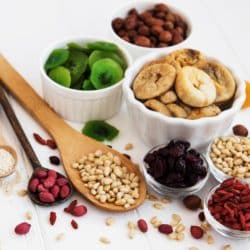



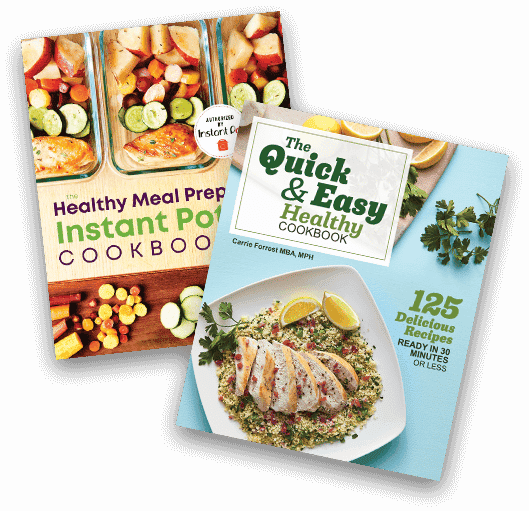
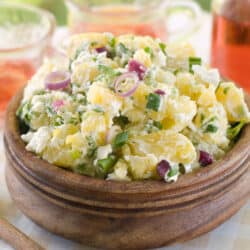




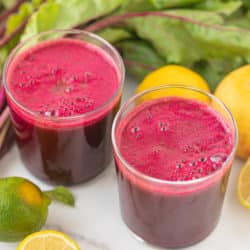
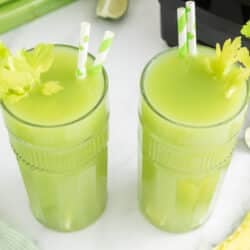
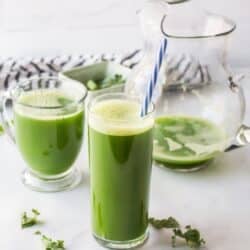




I made your hummus recipe. I like you used a instapot. I like to use a instapot & soaking techniques because chickpea has lectin. I always wondered whether to cook with shells or not but I now know to remove them. Thank you for your cook technique.
Hi..this is awesome detailed report about Hummus…I am of course one of your followers and i am from the Middle East…It is a common mistake in translation to use the word Hummus for Blended Chickpeas, or any other ingredient..Hummus is exactly means Chickpeas..Blended Hummus”Chickpeas” is called in my country :MSABBAHA”” in other countries it might have different local names..To Have best Blended Hummus””MSABBAHA”” we must have generous amount of Fresh grounded Cumin,Garlic, lemon juice.and as you said Tahini..we never use canned Chickpeas, we cook dried chickpeas at home and after we plend and add all ingredients and Garnish with chopped parsley or mint..I f it happened that you are in Middle East try not to eat plended Hummus in Restaurant because they add : pleaching chemicals, Chinese salt for boosting taste, and use Citric Acid instead of lemon juice..because all those chemicals cause Heart burn and not healthy for the stomach..Zouhair
thanks for sharing that information!